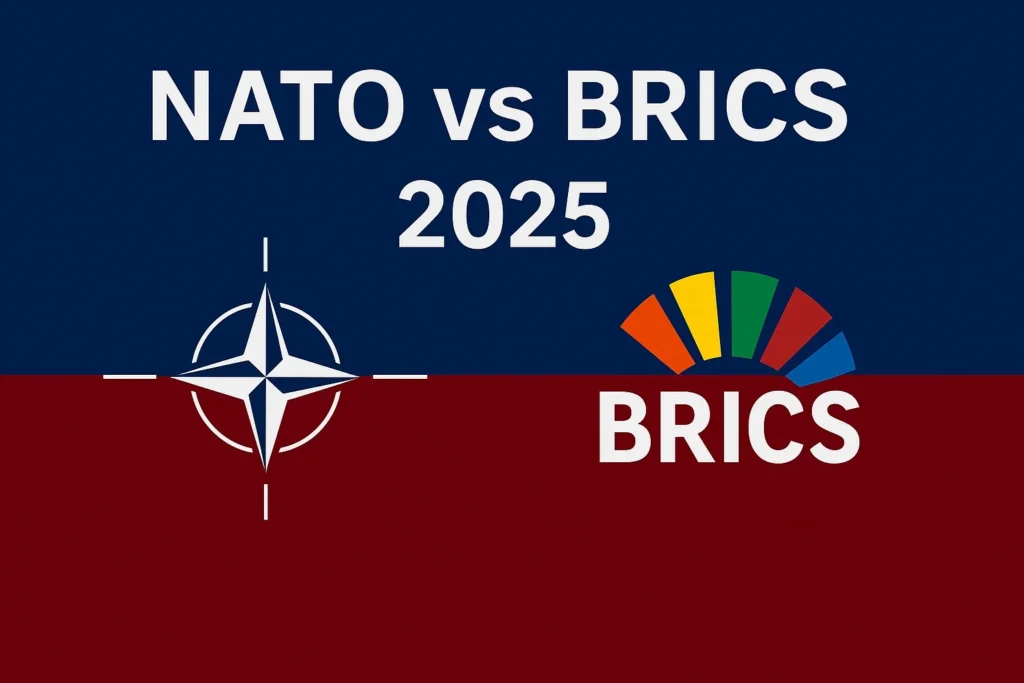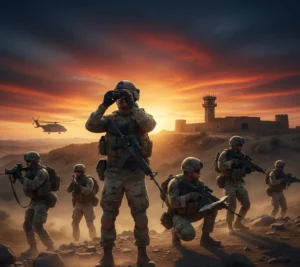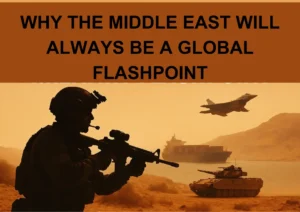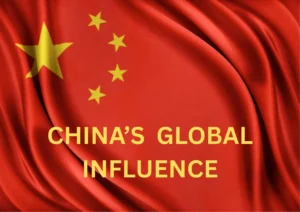📖 Understanding NATO and BRICS
NATO (North Atlantic Treaty Organization) was formed in 1949 as a military alliance among North American and European nations. Its purpose is collective defense; an attack on one member is considered an attack on all.
BRICS (Brazil, Russia, India, China, and South Africa) was coined in 2001 and evolved into a strategic coalition promoting economic cooperation, multipolarity, and resistance to Western dominance.
- NATO: 32 members (as of July 2025)
- BRICS: 11 full members (with partner states since 2025)
🌍 The Rise of the Global Power Shift
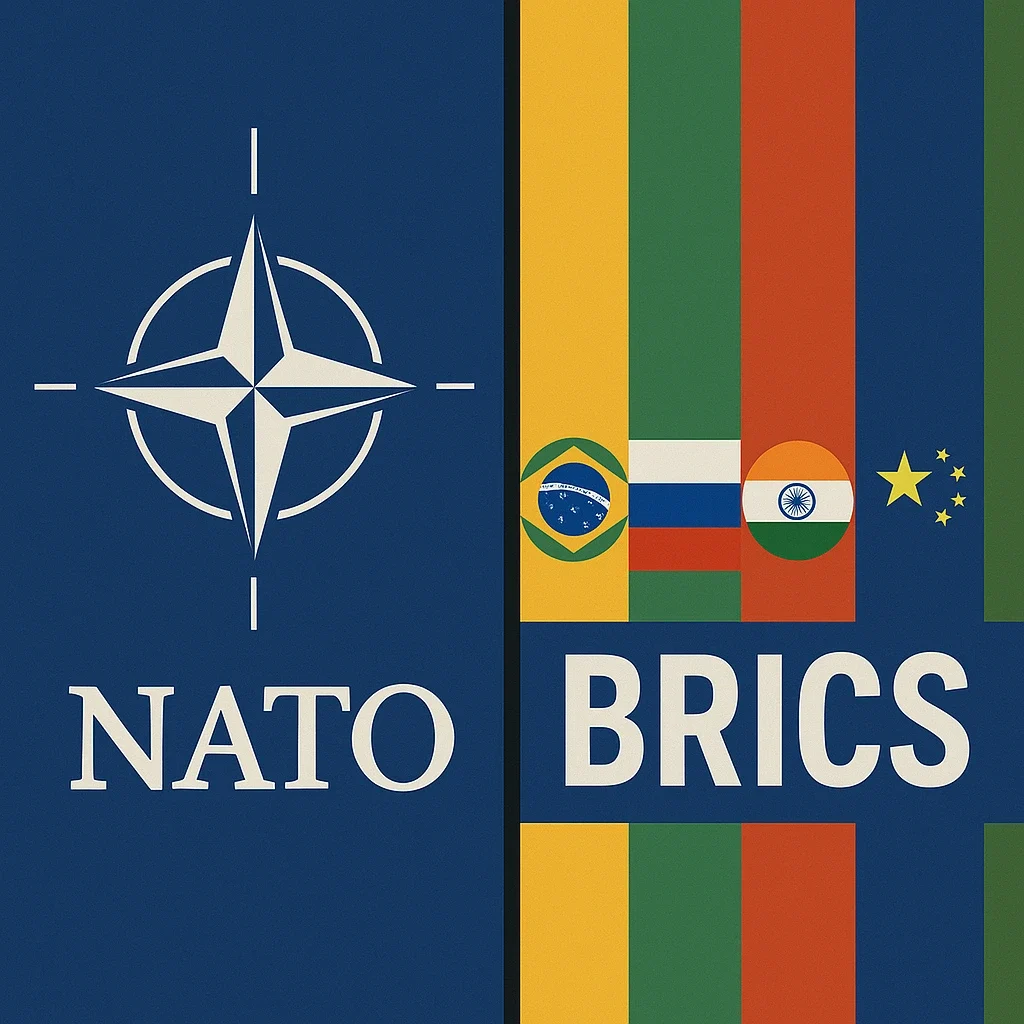
In recent years, the BRICS has emerged as a counterweight to Western dominance. This growing alliance, particularly with discussions of expansion into BRICS+, is contributing to a global power shift, redefining diplomacy, military strategy, and economics.
📊 According to the IMF (2025), BRICS+ economies now account for over 32% of global GDP in PPP terms, surpassing the G7’s 28.4%.
💪 NATO vs BRICS: Who Is Powerful?
- 🔹 NATO Strengths
- 🔹 BRICS Strengths
- Unified military command
- Advanced weapons and intelligence networks
- Strong diplomatic presence globally
- Largest population bloc (~3.5 billion)
- Resource-rich: oil, gas, rare earths
- Stronger growth potential in the Global South
🔍 2025 Update: Latest Membership and Influence
As of July 2025, NATO has 32 member states, including the latest addition, Sweden.
BRICS expanded to 11 full members after Indonesia’s full entry, alongside nine new partner states, including Belarus, Bolivia, Kazakhstan, Cuba, Malaysia, Thailand, Uganda, and Uzbekistan.
🔫 NATO vs BRICS Military Comparison
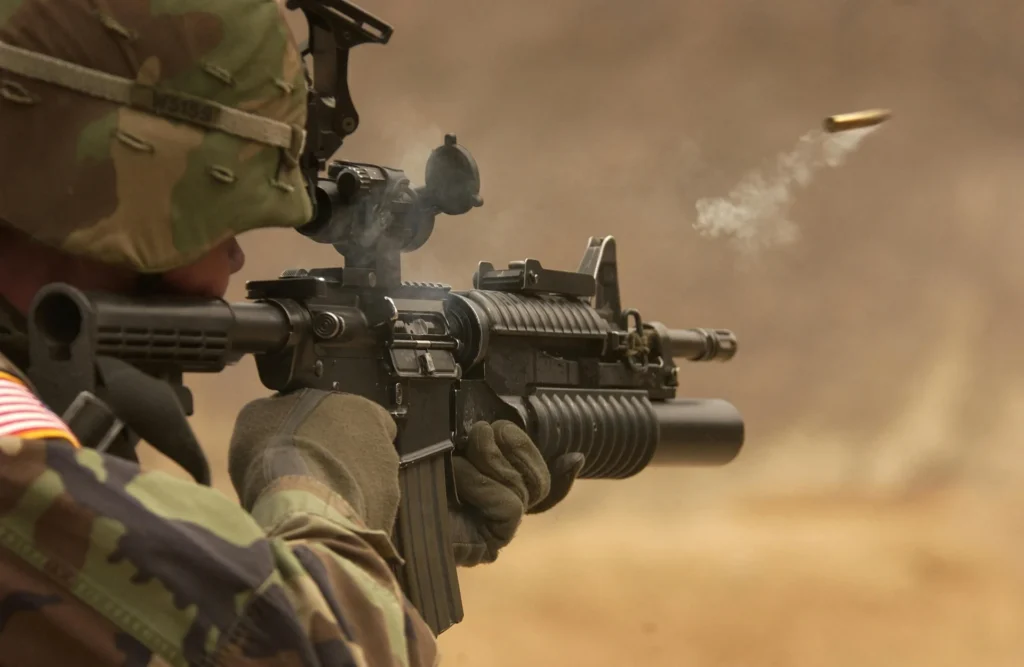
🪖 2025 Military Data Overview
Metric | NATO (2025) | BRICS (2025) |
Members | 32 | 11 full members |
Defense Budget | ~ $1.3 Trillion | ~$350–500 billion USD |
Largest Contributor | USA ($877 Billion+) | China (~$225 billion) |
Nuclear Warheads | ~5,500 | ~6,360 (mostly Russia) |
Combined Manpower | ~3.5 Million | ~5.5–6 Million |
Unified Command | Yes (Article 5) | No (Fragmented command) |
🚨 Notable Military Dynamics in 2025
- NATO members committed to raising defense spending to 5% of GDP by 2035, announced during the Hague Summit.
- BRICS nations, while lacking integration, possess greater active manpower and nuclear capacity.
- Military cooperation among BRICS is increasing through bilateral ties.
💰 BRICS vs NATO GDP and Economic Strength
💹 2025 Economic Indicators
Metric | NATO (2025) | BRICS (2025) |
Combined GDP | ~$40 Trillion USD | ~$60 Trillion USD |
GDP Growth Rate | 1–2.5% | >4% |
Highest GDP Members | USA, Germany, UK, France, Canada | China, India, Brazil |
Global Export Share | (Not specified) | 25% |
Main Currencies | USD, Euro, Pound | Yuan, Rupee, Ruble, Dirham |
Intra-Bloc Trade | High (OECD, EU, USMCA) | Rapidly Increasing |
🌐 BRICS Countries vs NATO: A Breakdown
Country | Alliance | Strength |
USA | NATO | Military & Economy |
China | BRICS | Economy, Tech |
Russia | BRICS | Military, Energy |
Germany | NATO | Economy |
India | BRICS | Population, Tech |
🌍 2025 Bloc Demographics and Expansion Highlights
NATO Population (2025):
BRICS Population (2025):
- New BRICS Partner States (2025): Bolivia, Belarus, Malaysia, Thailand, Uganda, and more
🔥 East vs West Tensions: What’s Fueling the Divide?
- Ukraine Conflict (NATO vs Russia)
- Taiwan Strait tensions (US vs China)
- Sanctions vs Counter-Sanctions
- Currency Wars: Dollar vs BRICS Digital Currency
The US dollar’s dominance is under pressure as BRICS pushes for multi-currency trade frameworks.
🧠 Technological Advancement: A Silent Battlefield
- NATO leads in AI defense systems, cyber resilience, and UAV tech.
- China and India are advancing in semiconductors, quantum research, and space tech.
- Russia remains dominant in electronic warfare.
“AI is the new oil in geopolitical supremacy.” Dr. Ian Bremmer
⛽ Energy Dominance and Natural Resources
BRICS nations:
- Control 30% of global oil reserves
- Own 70% of rare earths
- Account for 40% of natural gas
NATO’s reliance on imports remains a strategic risk.
🐉 Role of China and Russia in the New World Order
- China: Belt & Road Initiative, AI, digital currency pilot programs
- Russia: Security importance, energy dominance in Eurasia
🗳️ Diplomatic Influence: UN Votes and Global Policies
- NATO dominates international institutions like the IMF, the World Bank, and SWIFT.
- BRICS promotes multilateral reform and runs the New Development Bank (NDB) with $100B capital.
🌎 Global South vs Western Alliances
BRICS is increasingly seen as the voice of the Global South. Its new partners enhance diversity and broaden access to key regions in Asia, Africa, and Latin America.
🔄 BRICS Expansion: Game-Changer or Diversion?
- Pros: Larger market, more resources, new political strategies.
- Cons: No military integration, internal conflicts (e.g., India-China).
🥇 BRICS vs NATO: Who Will Win?
- Militarily: NATO still dominates.
- Economically: BRICS is ahead and growing faster.
- Diplomatically: BRICS is building a strong alternative network.
🏛️ The Emerging World Order: Multipolar vs Unipolar
The world is moving away from US-led unipolarity toward a multipolar structure with competing spheres of influence, primarily led by NATO and BRICS.
Key Takeaways
- NATO remains the dominant unified military alliance with advanced defense systems and coordination.
- BRICS surpasses NATO in total GDP, population, and economic growth, with ambitious plans to challenge global financial structures.
- The military gap remains, but BRICS’s growing partnerships and regional influence may narrow it over time.
- The geopolitical competition is no longer just about weapons, but about currency, trade systems, and technological ecosystems.
❓ FAQs
Brazil, Russia, India, China, South Africa
BRICS now leads in GDP (PPP), while NATO still leads in nominal GDP.
Not collectively. BRICS lacks integration but has potential in numbers and nuclear capability.
Yes, BRICS is working on multi-currency trade to reduce reliance on the US dollar.
To increase global influence and represent emerging economies.
China, due to its economic and technological leadership.






